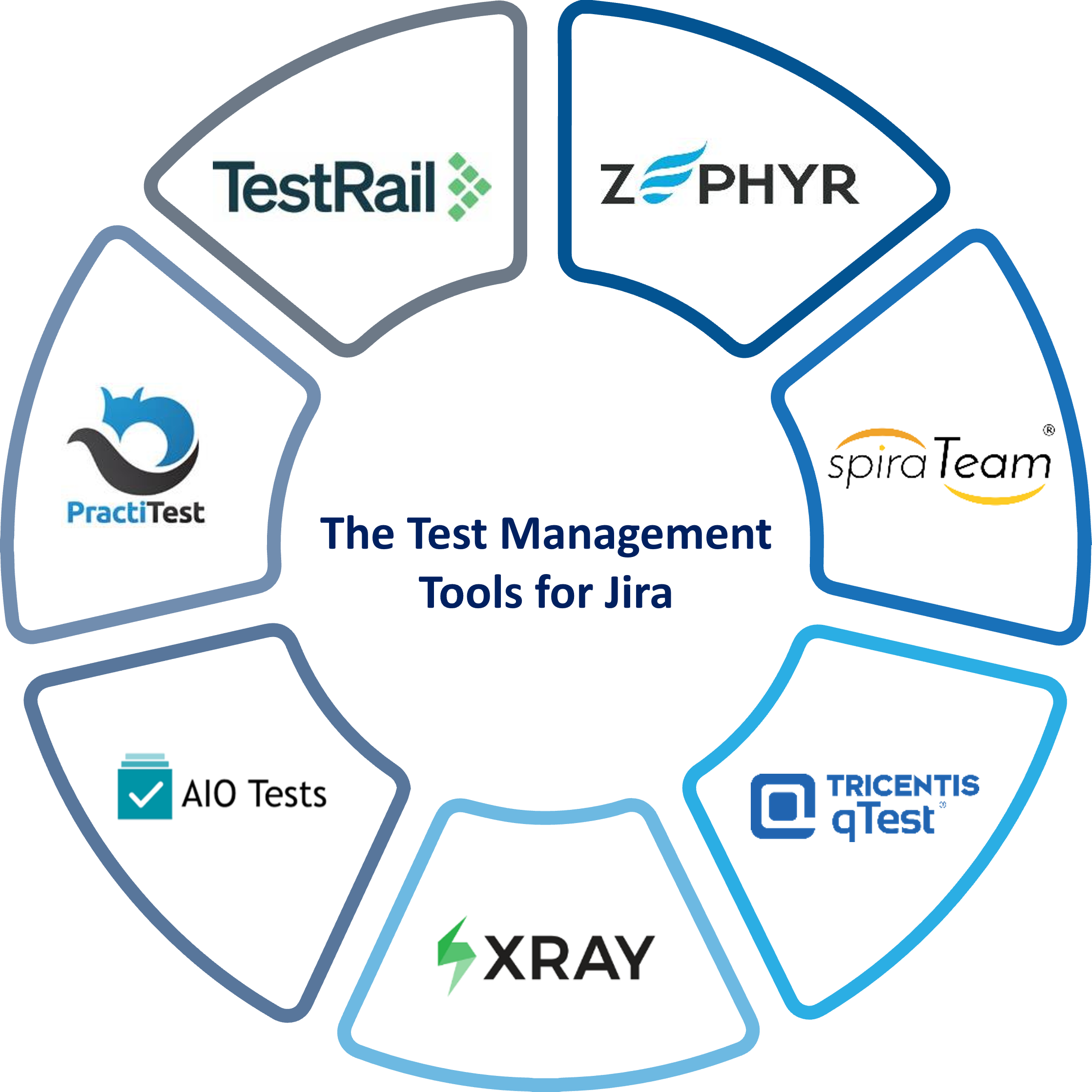Purpose of the article: The plugins within the JIRA ecosystem distinguish themselves by emphasizing varied aspects. Some focus on user-friendly interfaces, simplifying test management tasks within the familiar JIRA platform. Others prioritize support for specific testing methodologies, such as structured test case management, facilitating specialized testing approaches.
Selecting the ideal tool necessitates a thorough understanding of team-specific needs, workflows, and preferences concerning testing methodologies and integration within JIRA.
Intended Audience: Automation Engineers /QA Managers/ QA Director/QA Organizations
Tools and Technology: JIRA, TestRail, AIO, Spira Test
Keywords: Test management, Test Reports, JIRA
Introduction:
Over the years, solutions such as JIRA have been playing a crucial role in the growth of software development and project management. JIRA, originally developed as a bug tracking tool by Atlassian, has evolved significantly over the years to become a versatile platform for various purposes, including project management, agile software development, and collaboration. However, its role in test management has been somewhat limited compared to specialized test management tools.
While JIRA may not be as specialized as dedicated test management tools, its flexibility and adaptability have made it a viable option for teams that want to consolidate their project management and test management efforts on one platform. The development of next-generation test management systems with JIRA integration has greatly simplified the process of testing, helping teams to work more effectively and collaborate on higher-quality projects. This blog discusses the growth of test management tools and JIRA’s history in the context of software development.
The Usual Approach to Test Management:
Test management was frequently carried out by implementing specific settings and procedures. Teams were able to handle test cases and track testing progress, but it lacked the specialized tools required for complete test management. The need for special test management tools that would work hassle-free with JIRA had been created by this gap.
As it continues to evolve and adapt to the changing needs of software development and testing, JIRA remains a valuable tool for various purposes, including test management, within the software development lifecycle.
The Development of Modern Test Management Tools:
Next-generation test management technologies that improve JIRA’s capabilities, especially for testing, were developed as a solution to the limitations of traditional test management within JIRA. The features of these tools, which are highly integrated with JIRA’s project and issue tracking capabilities, includes test case creation, execution, and reporting.
Tools and Plugins Within the JIRA:
The JIRA ecosystem has a huge selection of plugins and tools that increase its usability and adaptability. The following are a few important tools and plugins that can integrate well with JIRA.

Zephyr:
Popular for its extensive testing features, Zephyr easily interacts with JIRA to provide end-to-end test management.
TestRail:
This tool integrates with JIRA’s workflows and simplifies test case management, execution, and reporting.
Xray:
Xray adds improved reporting, requirement traceability, and testing in the BDD approach to JIRA.
qTest:
qTest easily interacts with JIRA and delivers an extensive set of test management functions for a complete project management experience.
SpiraTest:
It is a test management platform that provides a number of integration possibilities, including interaction with JIRA. It covers test case management, test execution, requirements management, and defect logging.
PractiTest:
PractiTest interfaces with JIRA as a test management solution to track defects. Its features include test case management, execution, and reporting.
AIO:
The complete testing lifecycle, from requirements through test cases, execution, and defect tracking, is covered by traceability. Duplication of work is reduced by linking and reuse, result in more simple and effective test scenarios. In addition, test automation results can be reported easily.
Benefits of Next-Generation Test Management Tools:
New test management software has been developed with easy integration considering JIRA. JIRA’s project structure, issue classifications, and processes are used to offer an integrated environment for both development and testing teams.
Centralized Test Repository: These platforms provide a centralized repository for test cases, which makes it simple for teams to manage and have accessibility to test artifacts. This improves consistency and reduces duplication of effort.
Efficient Test Execution: Recent developments enable instant test execution within JIRA. QA Team can record information, take screenshots, and link logs to issues, which make it simple to track defects and improvements.
Traceability: This is made possible when test cases integrate with issues in JIRA for requirements, development, and testing. This is essential for maintaining a clear audit trail and ensuring sufficient test coverage.
Real-time Reporting: Reporting tools enable clients to make timely updates on the current state of tests, allowing them to identify problem areas and make wise decisions.
Conclusion:
Overall, JIRA has become a go-to solution for managing multiple projects and methodologies because of its development from a defect tracker to a comprehensive Agile management platform, which established the path for the development of modern test management products with JIRA integration. By overcoming the gap between development and testing, these techniques improve collaboration, efficiency, and quality in software projects as well as its vast ecosystem of plugins and tools. Excellent integration of project management and test management systems is essential for delivering successful outcomes with the further unfolding of software development.
Author Bio:

Anusha MACHAVARAPU
Support Engineer - IQE
IT professional with 5+ years of experience in QA & Automation Testing. Expertise in managing and executing testing projects using many test management tools. I have a proven track record in conducting comprehensive testing of both web and mobile applications, ensuring their functionality, usability, and performance meet Customer Expectations. Experience in TestNG and Hybrid frameworks.


